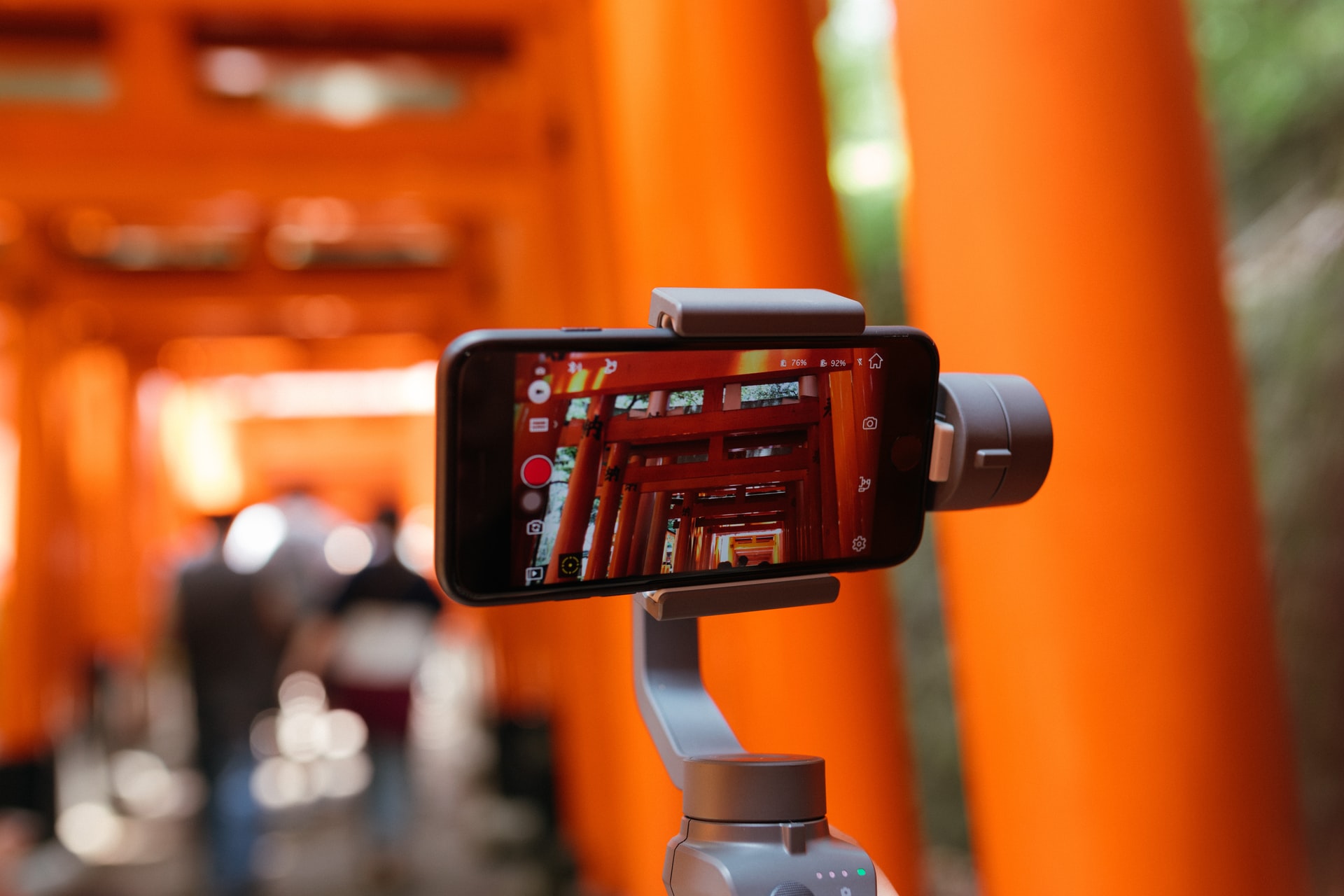Marketing is an incredibly dynamic and broad business department. It is divided into many different areas where things are constantly changing with changing trends. What areas of marketing should be used in the company? We present the most popular!
Inbound and outbound, i.e. the basic areas of marketing
The simplest way of marketing can be divided into two categories:
- outbound,
- inbound.
Outbound marketing, which can also be called outbound marketing, focuses on finding and contacting potential customers. In outbound activities, the company takes the initiative to the recipient. Her goal is to attract him enough to take advantage of her offer. In outbound marketing, tools such as:
- advertising in mass media (i.e. radio, television, press),
- advertising billboards,
- promotional mailing,
- pop-ups on websites,
- active sale by sales representatives.
The outbound marketing area is simple and quick to implement, allows you to reach a wide audience and gives you instant results. Unfortunately, for many people it is irritating, even repulsive. Outbound marketing is about feeling, moderation and good taste. Only then does it work.
The second area of marketing, inbound, otherwise known as inbound marketing, consists in carrying out activities that will allow recipients to independently find the sender of a specific advertising message. Inbound marketing it's not as intrusive as outbound marketing. It can be compared to subtly encouraging potential customers to contact the company. Minus? The results are not immediately apparent. You have to wait a while for them.
Inbound marketing can be conducted in a variety of communication channels using a variety of tools. Social media posts, blog articles, videos, and podcasts all work great. In order for the content provided by the company to perform its function well, it must be engaging, distinctive and interesting for the recipient.

It is a great support for inbound activities the positioning of the page, i.e. SEO, which is also an element of another area of marketing - SEM. What is meant by this term?
Search engine marketing
An entrepreneur who wants to be successful in today's market must be online. Support for online activities is SEM (Search Engine Marketing), i.e. the marketing area of search engines such as Google, Bingu or Yandeks (in Poland, Google is rather used).
SEM is divided into two smaller areas of marketing: PPC and SEO. PPC (Pay Per Click) are paid search ads displayed above the free results and in the Google Shopping tab. The messages can be in text or graphic form and are always marked as "advertising". Google Ads it also allows you to share ads on YouTube and in its advertising network. PPC is a cheap form of brand promotion and gives quick results.
SEO (Search Engine Optimization) is any website positioning activity. The idea behind SEO is to get the best possible position in Google's organic (organic) search results. The process includes, among others comprehensive website audit, content optimization and enrichment with relevant key phrases, as well as link building on external websites (e.g. forums). Although you sometimes have to wait several months for SEO results, it is undoubtedly worth investing in this form of marketing. According to research, the top 5 pages in search results generate nearly 70% of all clicks. If your site moves further, your chances of reaching your target audience drop sharply.
Social media and content marketing
An important area of marketing is social media. Social media is an invaluable tool in building and maintaining relationships with recipients, creating a positive brand image and promoting specific products or services. Social media shortens the distance between the brand and the customer and allows the company to show off the other, more free, human side. They can be used for both inbound and outbound activities.
An incredibly interesting and effective, and at the same time very difficult to implement, form of marketing in social media is viral ads. Viral marketing is about sharing intriguing, emotional content (e.g. video) that only subtly advertises a brand or its specific product. They often amuse or move. The idea behind viral marketing is to make the recipients want to pass on the prepared message themselves. Interesting content spreads like viruses (hence the name of marketing), causing a natural buzz around the brand and thus promoting it among the wider community. A well-prepared viral advertisement is an opportunity to reach thousands or even millions of recipients, strengthen the positive image of the brand and gain an advantage over the market competition.

It is also an extremely valuable area of marketing content marketing. It consists in sharing interesting, valuable content that is to attract recipients, arouse specific emotions or help them in some way. Content marketing inspires, provides knowledge and gives valuable tips. Advertising is only a subtle addition here.
As part of content marketing, you can run a company blog, podcasts, webinars, create free e-books filled to the brim with practical knowledge, or share companies on YouTube, infographics and other content that will interest the audience.
RTM and other interesting areas of marketing
An extremely interesting, and at the same time extremely difficult to implement, area of marketing is RTM, i.e. real time marketing. RTM is real-time marketing. It is a quick and accurate response to current social, cultural and political events. RTM usually comes in the form of a post or graphic and is shared on social media. The post must be interesting, different from the rest. It must have fun and evoke nice associations. Otherwise, it will have a counterproductive effect - instead of enhancing the positive image of the brand and thus supporting its marketing activities, it will negatively affect its reputation and make it difficult to attract customers. RTM requires creativity, a certain spontaneity, and at the same time a lot of intuition and high knowledge in the field of marketing. Does it pay off? It is estimated that RTM posts generate much higher ranges than classic posts. All because of their topicality and unusual character. So yeah, it definitely pays off.
What about traditional marketing areas? Is it worth acting in them? Of course. The main thing is to focus on interesting forms of advertising messages. One of them is unconventional guerrilla marketing, or guerilla marketing. Its idea is to evoke strong emotions in the audience - such as shock, joy or emotion. Unusual forms of promotion are remembered for a long time, and thus support the brand in building recognition and a positive image. Among the guerrilla marketing tools we will mention:
- flash mob - marketing actions in a public place, engaging the audience,
- place games - games in which participants perform interesting tasks in a designated area (e.g. in the city center).
The marketing areas described by us are not everything. You can also use in your actions ATL marketing, i.e. advertising in traditional advertising channels, marketing automation, which consists in obtaining and analyzing information about recipients and displaying personalized ads to them, as well as buzz marketing, which consists in making noise around an upcoming event or product launch. The choice of marketing areas is up to you! Test, don't be afraid to go beyond the usual patterns and measure the results of your campaigns. By investing in multi-channel marketing, you invest in the development of your entire company!

